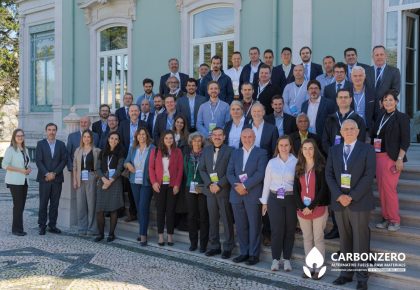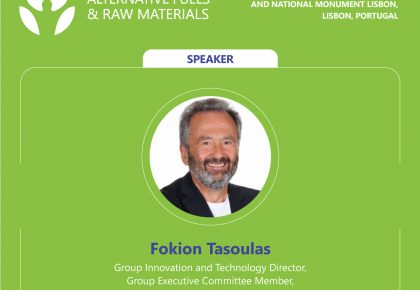Conclusions from various summits, conferences and meetings show that despite unprecedented climate distress, from radical weather changes with regional impact to local phenomena, we are still heading a one-way road towards climate disaster. Pledges are not being kept and solutions...
- December 16, 2022
- 3 Min Read
On November 10-11 CarbonZero Global Conference and Exhibition brought together the most brilliant minds and top experts to find and outline the most effective and high-importance solutions for decarbonizing the cement industry which is responsible for almost 8 % of...
- November 16, 2022
- 6 Min Read
Dr.Yianni (Ioannis) Spanos Director of Sustainability, Keo International Consultants Bio: Dr. Spanos is a consultant, professional engineer, and sustainability expert with 20 years of experience. Following a Bachelor’s Degree with Honors in Mechanical Engineering, he has completed an MSc...
- November 8, 2022
- 32 Min Read
Cement industry can gain advantages in digital competition if it will see digitalization as a driver of sustainability. It now has the choice between a restructuring and adjustment of the business model or a potential loss of the basis for the...
- October 26, 2022
- 2 Min Read
Speaker line-up and topics for carbonZero Global Conference 2022
- October 25, 2022
- 3 Min Read
The recent geopolitical situation has highlighted the misplaced reliance on fossil fuels and the fragility of our renewable energy supply. The solution is to turn all kinds of waste into fuel. Realtime online Near Infrared (NIR) analysis not only provides...
- October 19, 2022
- 2 Min Read
2030 is a crucial benchmark for the carbon neutrality journey: reducing the CO2 footprint while producing enough cement to meet demand will be challenging. Over 80% of the cement operation’s carbon emissions are released during clinker production. Also, the substitution...
- October 18, 2022
- 2 Min Read
The cement industry is moving increasingly towards the use of alternative fuels for the complete decarbonization of cement and concrete. It raises questions about safety and handling new fuels and materials. Fires are especially common in factories with an increased...
- October 17, 2022
- 2 Min Read
The cement manufacturing process is highly intensive in heat consumption and carbon emissions. Stakeholders are increasing pressure to decarbonize not only the cement industry but the construction industry, too. But how we can achieve carbon neutrality by 2050 by implementing...
- October 13, 2022
- 2 Min Read
The industry’s leading professionals will aim to answer crucial questions at CarbonZero Global Conference on November 10-11 in Lisbon. The global capacity of cement production reached an estimated 4.4 billion tonnes in 2021, and it is predicted to grow moderately...
- October 10, 2022
- 2 Min Read










